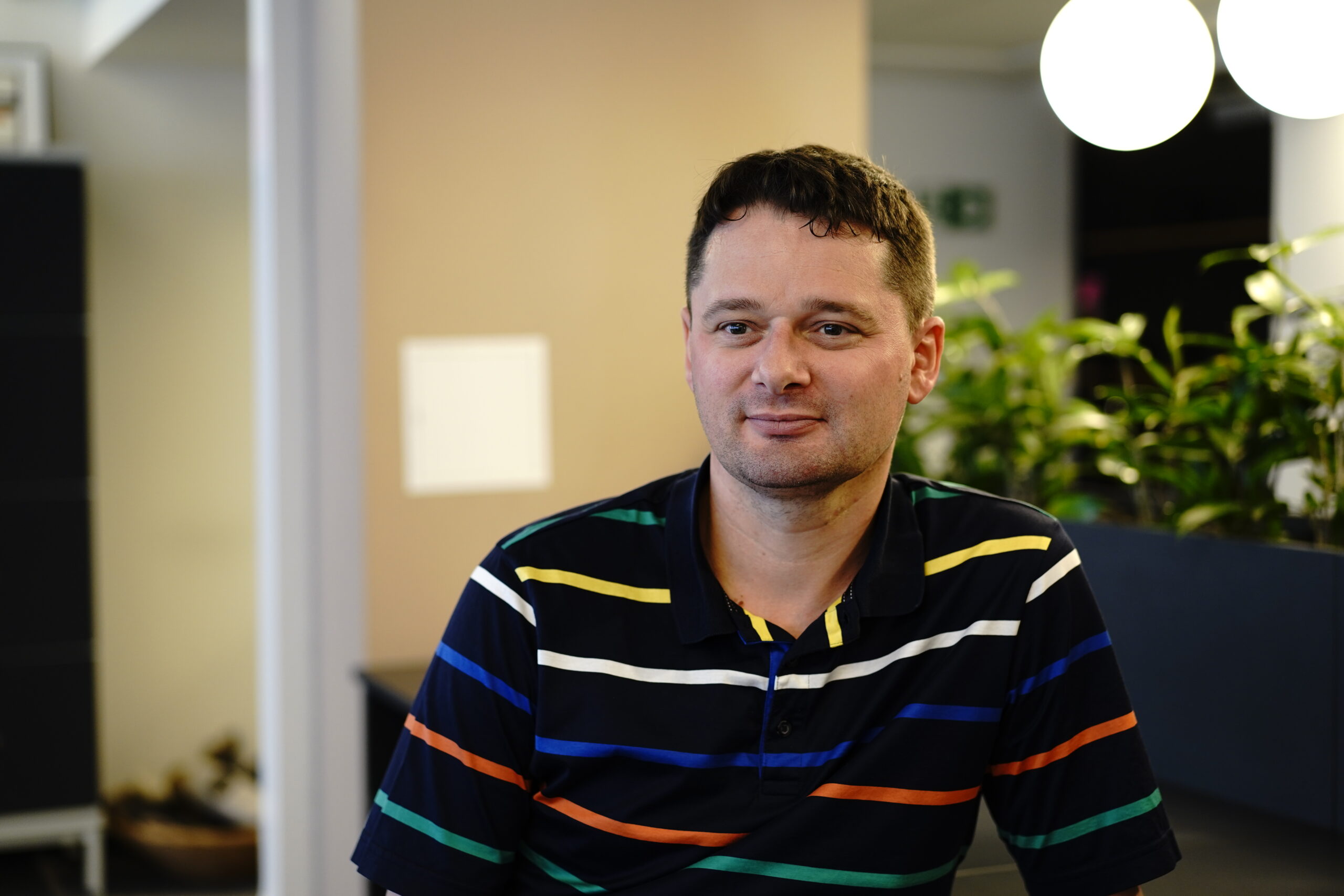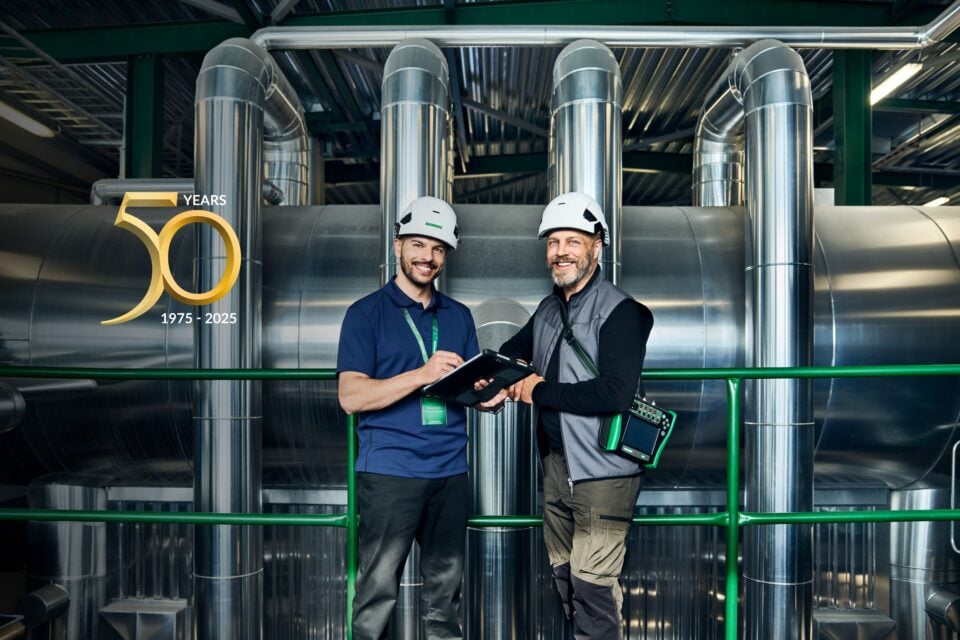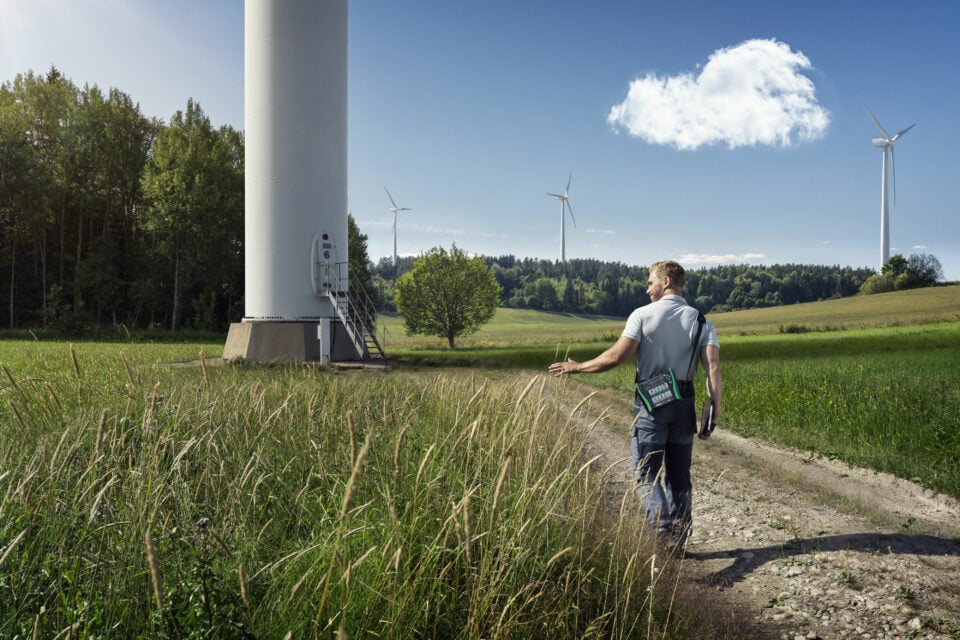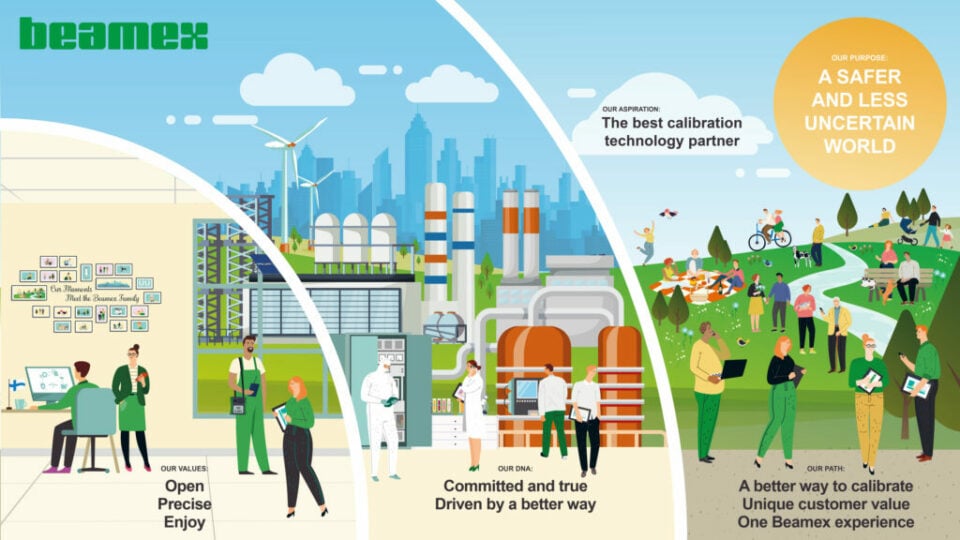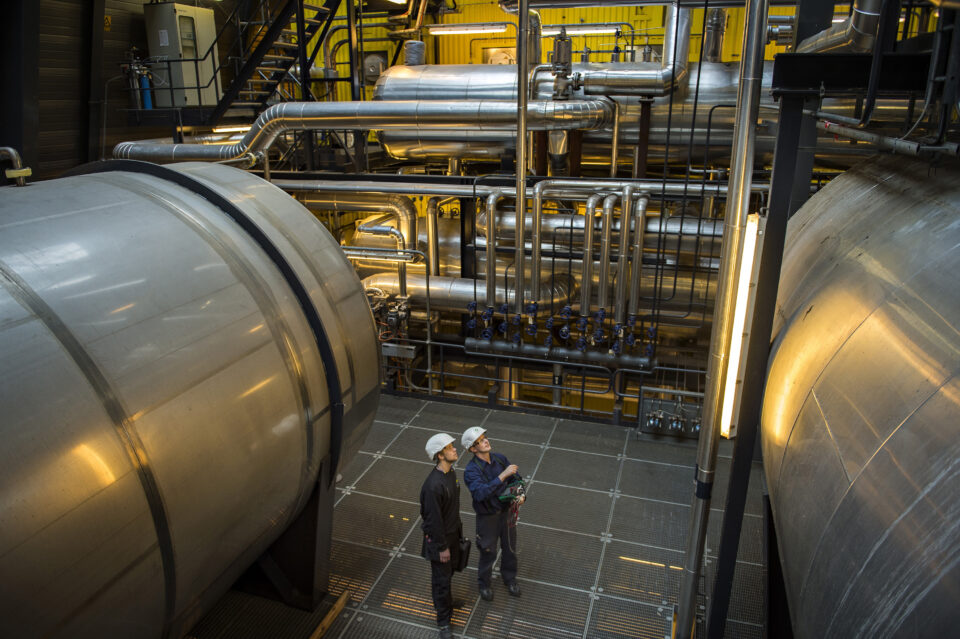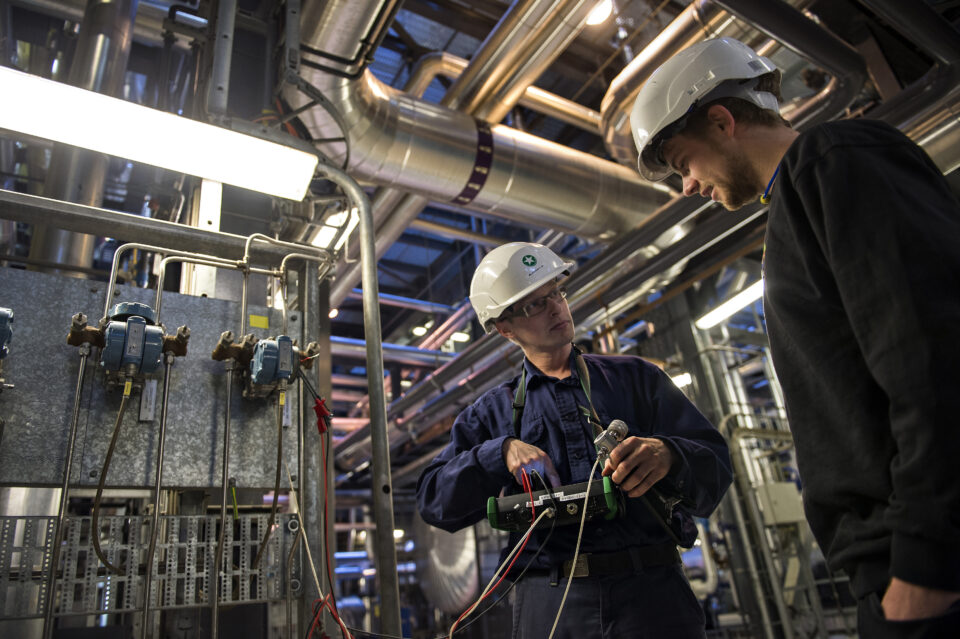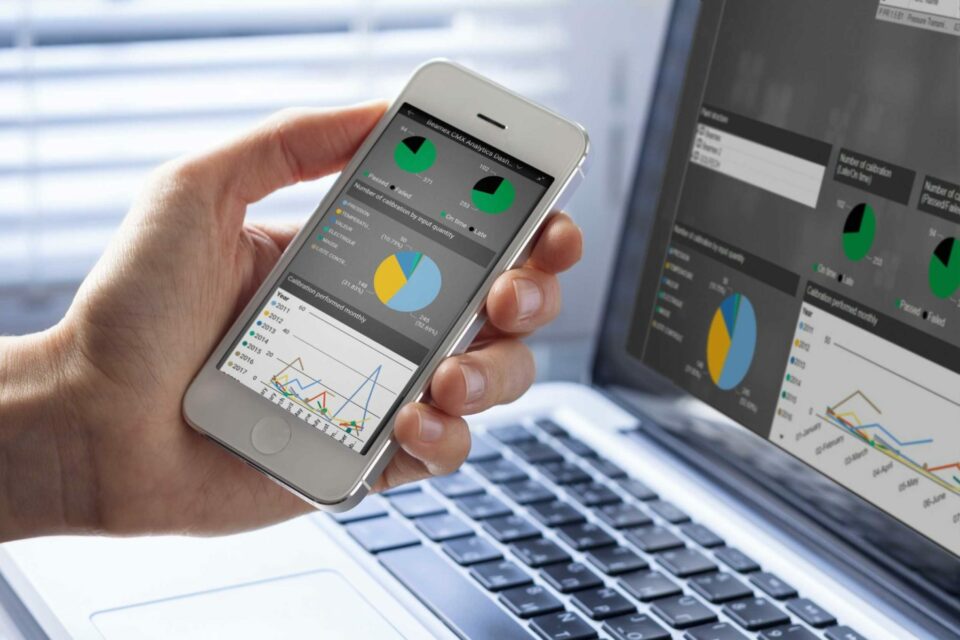
8 billion and counting: How will we care for the growing global population?
Asa Butcher, Senior Editor, Spoon Finland
Earth is now home to more than eight billion people. Thanks to reduced childhood mortality, increased life expectancies and improved healthcare, the global population has almost tripled since the 1950s. At its current rate, we will hit 10 billion people by 2050.
While that number means that humans are living longer, healthier and more prosperous lives, it also raises concerns about links between population growth, resource use, climate change and the achievement of the UN’s Sustainable Development Goals (SDGs).
As the population grows, the share of people living in developing economies has grown from 66% in 1950 to 83% today, with millions struggling to access a steady supply of food, clean water and sanitation, healthcare, energy and affordable housing.
The truth about population growth
While the numbers might look alarming, the fact remains that population growth the world over is declining and the global population is expected to peak by 2080 and then decline.
“The challenge with eight billion people is that we must hold three things to be true at once,” says Jennifer D. Sciubba, author of ‘8 Billion and Counting: How Sex, Death, and Migration Shape Our World’ and a former demographics consultant to the US Department of Defense. “First, there are over 30 countries with shrinking populations. Second, there are still a handful of countries with high fertility and rapidly growing populations. Finally, while the global population will add up to two billion more, two out of three people live somewhere with low replacement level fertility.”
Replacement level fertility is when a population exactly replaces itself from one generation to the next, without migration.
With the global fertility rate at 2.3 children per woman on average, Sciubba says that fertility is headed in the right direction, but that “it’s very easy with demographics to identify places in the world struggling under an imbalance of population resources—whether that is because they have very few people or because they have a lot.”
With a general trend towards low fertility, governments, businesses and other organisations must focus on how to help people enjoy equal access to different goods and services in a world with finite resources.
“Unless we bridge the yawning chasm between the global haves and have-nots, we are setting ourselves up for an eight-billion-strong world filled with tensions and mistrust, crisis and conflict,” stated António Guterres, Secretary-General of the UN.
Rebalancing the haves and have-nots
While the number of people continues to increase, the population of almost every other living thing on earth has gone down. The World Wide Fund for Nature’s (WWF) Living Planet Index reveals an average 69% decrease in monitored wildlife populations since 1970. However, the report includes about 500 uses of ‘population’ but only one relating to humans.
Robin Maynard, Director of the UK-based NGO Population Matters, says it’s a mystery why environmentalists don’t talk more about how family planning can be up to 20 times more impactful in terms of cutting CO2 emissions and the overall consumption rate than giving up driving, flying or becoming vegetarian.
“Population growth is often used by wealthier countries to divert attention away from their high and unsustainable consumption rates. We are vacuuming up food, soil use, water, fisheries and so on from poorer countries, even to the extent of depleting the Global South’s resources of doctors to staff our healthcare,” he says.
If everybody lived as they do in the UK, we would need nearly three planets’ resources—and that figure jumps to five for the US. Maynard underlines this as one reason we must become conscientious ecological citizens and recognise that family planning in the Global North is about responsibility.
Elsewhere, the UN estimates that around 270 million women across 57 developing countries are denied bodily autonomy such as the right to decide whether to use contraception. Maynard believes that more discussion means less likelihood of abuses, coercion or control.
“It’s time to give all girls the opportunity to be entrepreneurial, rather than just young mothers. Whether it’s access to contraception or 12 years of education, the resources they need aren’t expensive or difficult to provide but will benefit women and girls, as well as future generations of children,” he urges.
Leveraging technology for the greater good
The good news is that humanity has the technology, expertise and resources to meet these challenges.
The rise of technologies such as AI, IoT, advanced sensors and cloud are helping humanity discover new ways to boost agricultural yields, find new ways to access clean water and reduce waste in public delivery systems and healthcare services. This has also led to increased transparency into the way resources are managed and consumed, allowing people greater insight into what they are entitled to.
Experts say these tools are also giving developing economies the tools they need to leapfrog past mistakes committed by developed economies, meaning that they can quickly and efficiently bring all the advantages of the digital revolution to their citizens.
This could mean advanced manufacturing processes that help reduce waste and promote the circular economy, smart healthcare systems that can track and provide quality healthcare for all citizens, better access to education, more opportunities for skilled labour and even accelerate investments in clean energy.
As the world grapples with the challenge of climate change, global warming and rising inequality, the onus is on humanity to figure out ways to do more with less and lead more sustainable lives. The challenges may seem insurmountable, but there is hope yet.
Sciubba ends by saying, “When Thomas Malthus wrote his famous essay on the principles of population in 1798, we were not quite at a billion people in the world and he said the world was about to end. When Paul Ehrlich published ‘The Population Bomb’, the population was over 3.5 billion and he said the world was about to end. But we are still here. As someone who still feels relatively young, knowing I’ve lived through so many billion milestones gives me cause for optimism.”
You might also find interesting
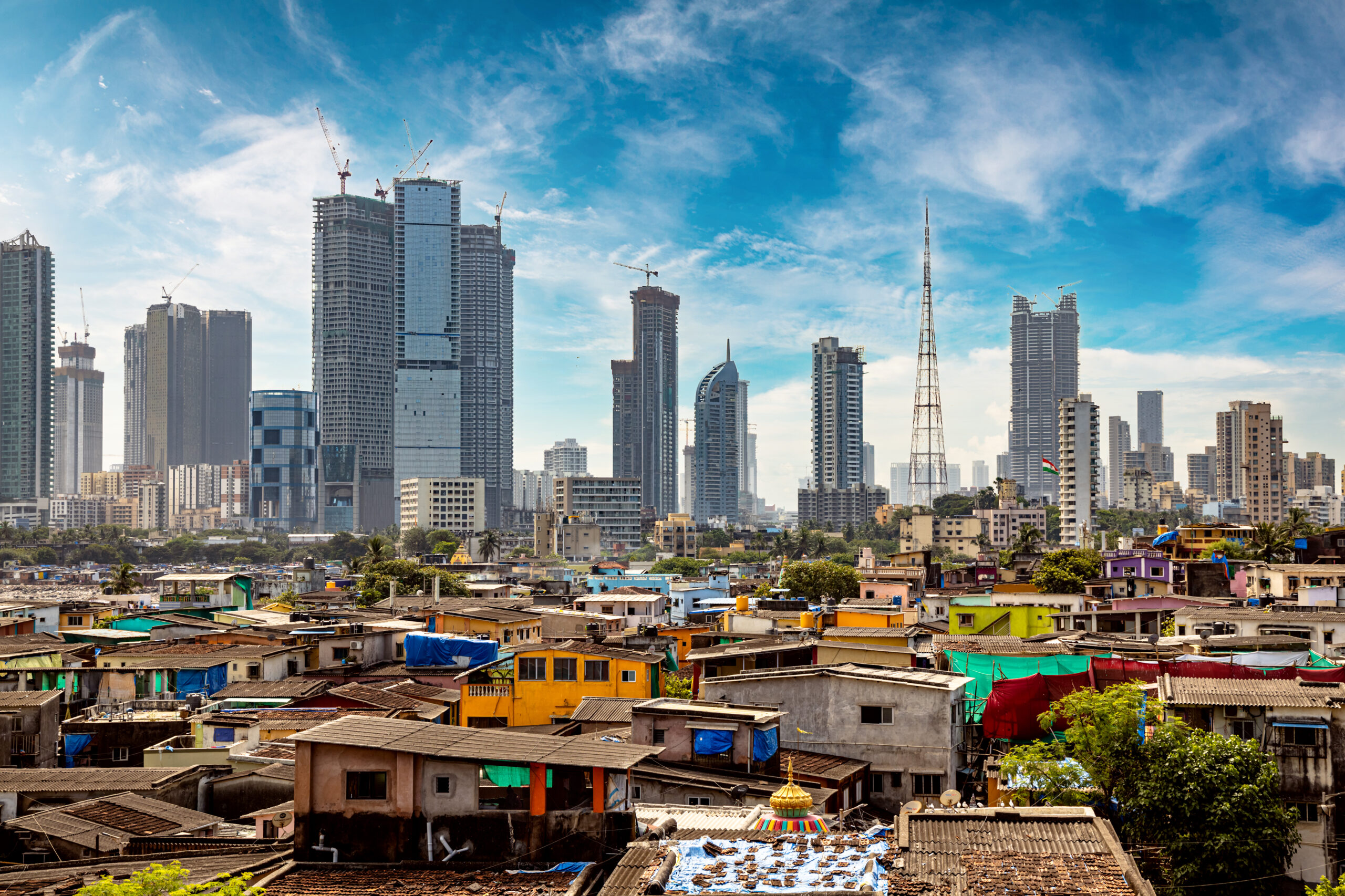
For a safer and less uncertain world
Welcome to our series of topical articles where we discuss the impact that accurate measurement and calibration has on the world and our everyday lives.
